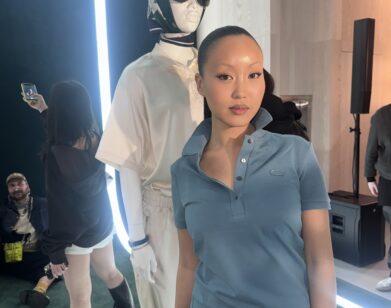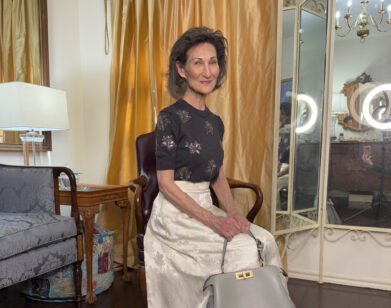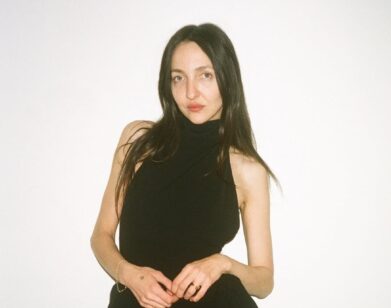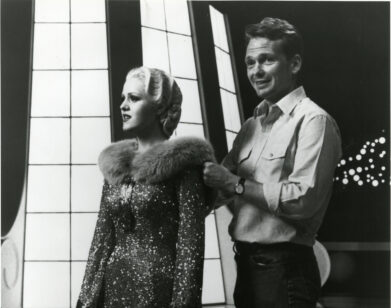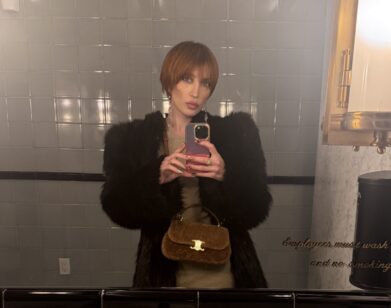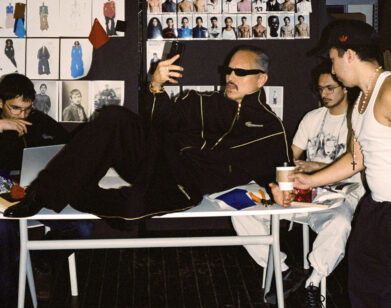sweater weather
How the Sibling-Led Label Leret Leret Is Rethinking Cashmere
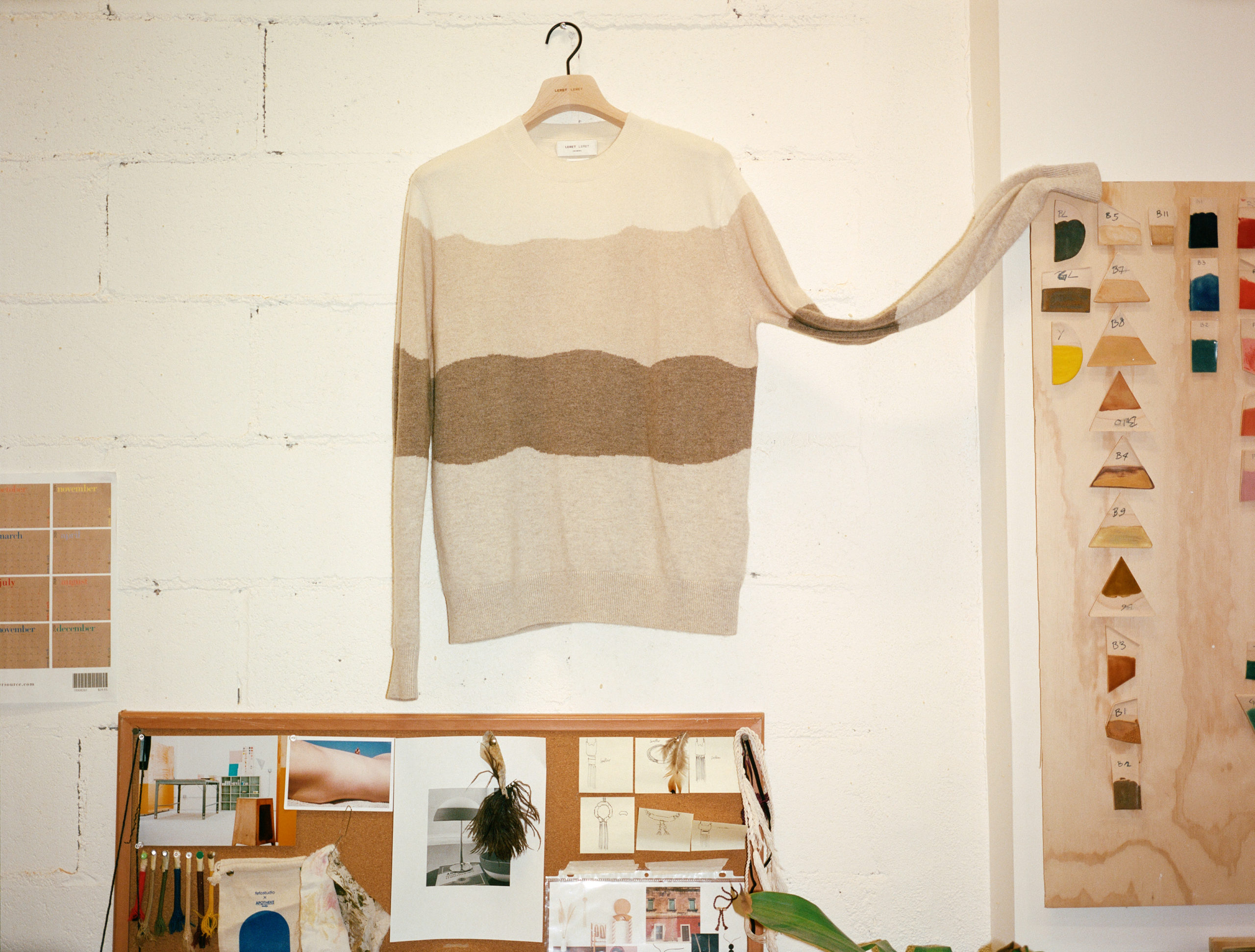
In 2018, siblings Andrea and Edouard Leret started their eponymous cashmere label, Leret Leret, as a celebration of their own patchwork heritage. The siblings, who spent their childhood between France and Venezuela, were based in New York at the time—Edouard in e-commerce and Andrea wrapping up a BFA at Parsons— and were thirsty for a project that reflected their multi-continental upbringing. “Our parents run a successful children’s clothing brand in South America, which has been around for 25 years,” Edouard says from the label’s Lower Manhattan studio. “So we’ve always been involved in this world, whether we wanted to be or not.”
After growing up around traditional processes of sourcing, manufacture and sales, the pair created Leret Leret to embody the maturing ideals of the fashion industry—emphasizing the importance of sustainability, community engagement, and gender neutrality. The pair got in touch with suppliers in Mongolia, where their yarn is sourced and their signature garment—a clean, relaxed crewneck sweater available in an array of lighthearted and evocative designs—is produced. Where most cashmere brands source materials in Mongolia and produce in factories elsewhere, Leret Leret works exclusively within Mongolia. Leret Leret’s lean, single-style approach to ready-to-wear speaks to a broader shift toward craftsmanship-focused, deliberate production in the industry, in which the assumption of limitless supply is actively challenged. “We will never remake a design, no matter how many requests we get,” says Andrea. “When the product is gone, it’s really gone; that’s what makes these pieces special.”
With their artist intervention project, Andrea and Edouard have doubled down on their commitment to creating unique pieces. The collaboration series, which is still in its nascent stages, allows visual artists to take full control over the design process. The first of these intervenors was the NYC-based illustrator Angelica Hicks, whose playful, tongue-in-cheek style resonates with the duo’s own eye for the simple and the delightful. Below, the siblings trace the evolution of their emerging cult label—from its childhood talent show origins to its future as a hub for New York’s creative community.
———
MARA VEITCH: How did Leret Leret come together?
EDOUARD LERET: We were both kind of looking for a project, but we were not planning on working together.
ANDREA LERET: [Laughs] No we weren’t!
EDOUARD: But then we somehow connected with this organization in Mongolia that had developed a technique for weaving graphics into cashmere. Typically cashmere is single-color and very tight. We wanted to see if we could rethink that. Andrea and I grew up wearing our parents’ cashmere sweaters—it’s a very classic French garment. We decided to design an homage to the typical French crewneck sweater, but for today’s world: non-gendered and relaxed.
VEITCH: What stands out to you both as the detail that distinguishes the brand?
ANDREA: Definitely our mission to collaborate constantly with different artists in all mediums. We’ve always liked to connect people—we come from a very big family and we grew up in the house next to grandmother’s house. We have tons of cousins and uncles and aunts.
EDOUARD: So the idea of bringing musicians, designers, architects, and painters together around the brand really appealed to us. We created the journal as a way to strengthen that creative community, and now every time we do a shoot, we work with a different photographer or a different filmmaker. When we eventually do a pop-up someday, we’d love to involve an architect in the process. So that’s really what keeps us going beyond the sweaters and the design process—that sense of community.
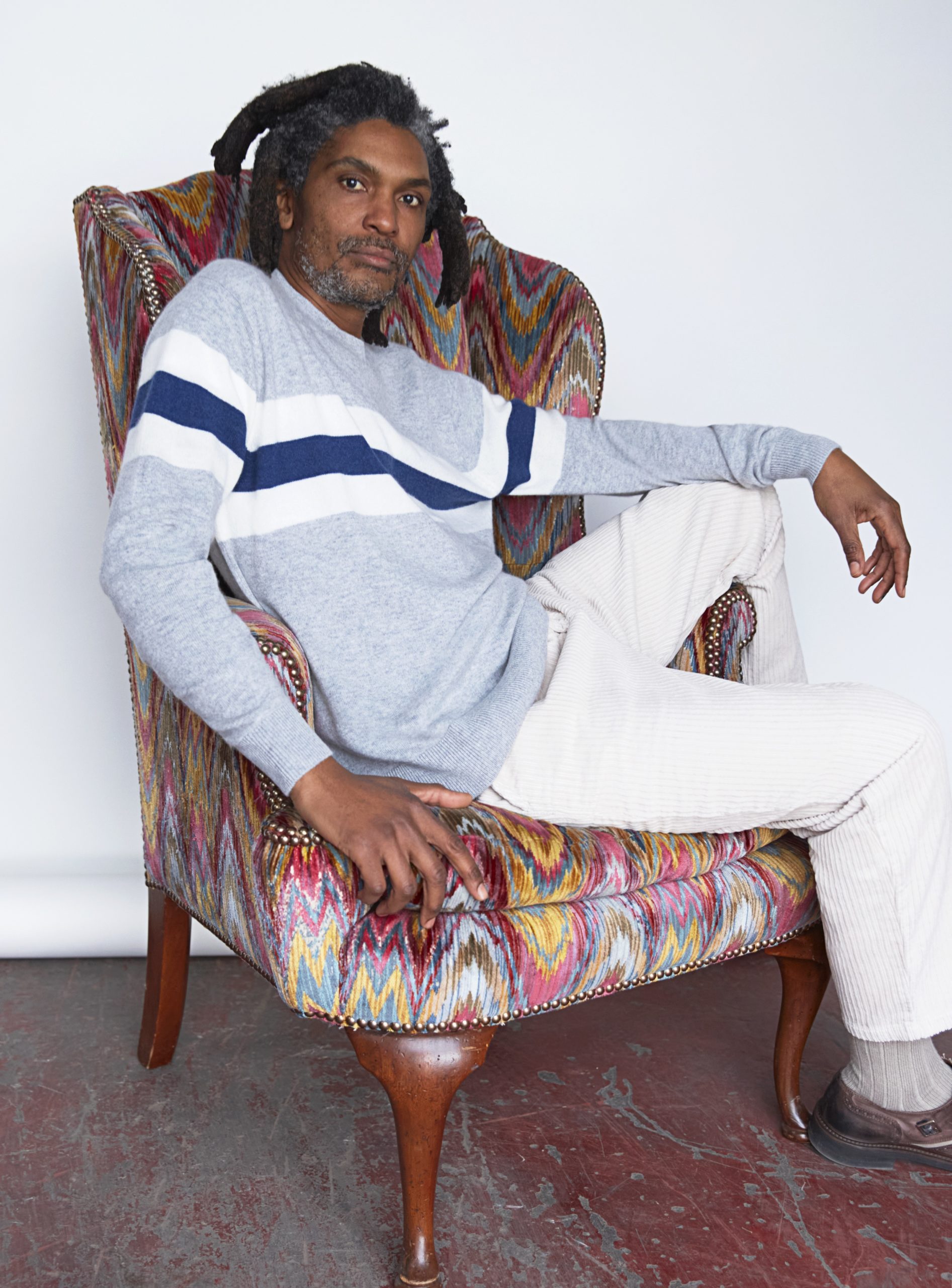
VEITCH: How do these creative collaborations unfold?
EDOUARD: Always on a very personal level. We’ve already done quite a few profiles of creative people in the journal. We reach out to people we admire, and we’re like, “Listen, we want to talk.” We hang out with them, visit their homes. Last year we did our first intervention with Angelica Hicks, and it worked out so well. We want to keep doing that yearly with new artists.
VEITCH: When Leret Leret was just getting off the ground, how did you divide your responsibilities?
ANDREA: Well, at first I was the only one designing, but later on it became more collaborative. I took a knitting class at Parsons and was always drawn to cashmere, but I’d never actually done a knit piece. Some ideas came from him, some ideas for me, and we spent almost a year doing samples.
EDOUARD: These designs also come from a very personal place. We number the sweaters instead of naming them so that everybody can interpret whatever they want, but the snake sweater is inspired by a kind of garden snake we saw all the time in our garden growing up in Venezuela. Andrea drew the cloud design when we were in Mongolia, staying with the nomadic goat herders who make our cashmere. Andrea and I are very different in a lot of ways, but we ended up blending so well when it came to designing.

VEITCH: Was there a moment when you realized that the brand was really gaining momentum?
EDOUARD: It just happened. It’s definitely never easy to launch a brand, and then of course the pandemic started. I guess it was a mix of a lot of things, but being a direct to consumer brand, offering a product that is very comfortable and uplifting, it all happened very organically. We’ve never, ever, ever paid anybody to wear any of our sweaters.
ANDREA: We’ve enjoyed the momentum that we’re gaining, but we’re still very much focused on what lies ahead and everything we want to do as artists in New York. There’s a long road ahead, but we’re definitely enjoying every step of the way.
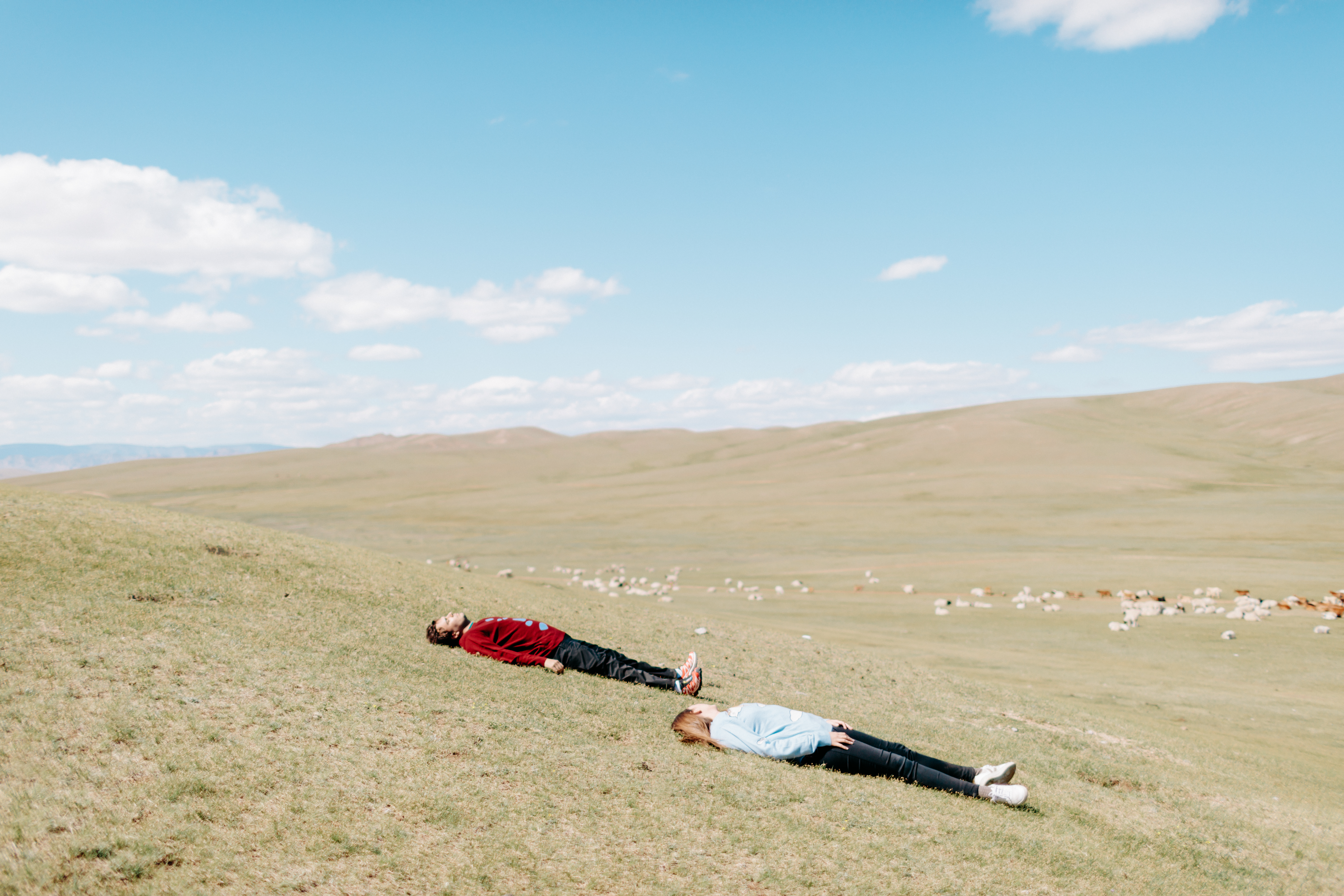 VEITCH: What was the first project you two ever took on together?
VEITCH: What was the first project you two ever took on together?
ANDREA: [Laughs] Well, as I mentioned, we have a very big family. We used to host these talent shows, and would charge all our cousins and aunts and uncles for tickets. We would always do these shows where we would sell tickets. That was maybe the first little business we had.
EDOUARD: That’s exactly what I was thinking of.
VEITCH: What do you have coming up?
ANDREA: Definitely continuing to collaborate. I’m very excited to reach beyond visual artists—who knows? Maybe a chef, maybe an architect, maybe an interior designer who wants to play with a blank canvas and design a piece for us.
EDOUARD: Well, we’re designing our new collection right now. I’ve been thinking a lot about New York’s theater scene, and Andrea is in Mexico City at the moment. The collection doesn’t have any kind of a theme—each design is justified by being personal to us. I think that speaks for every design we’ve done.

